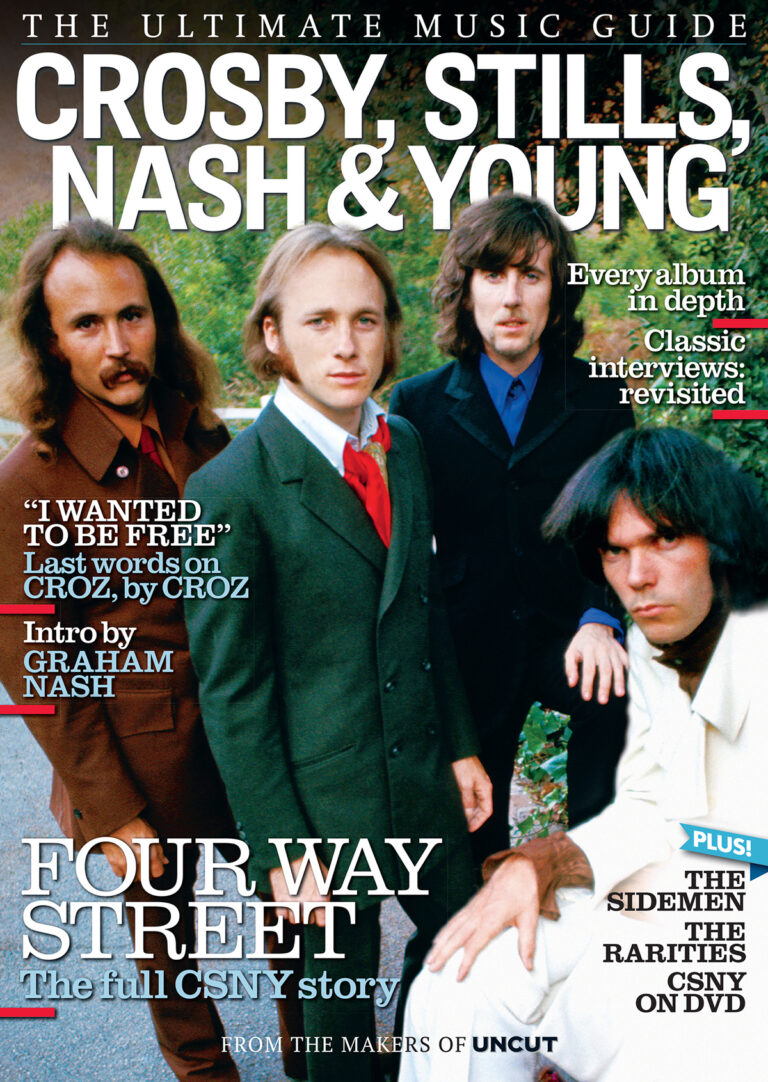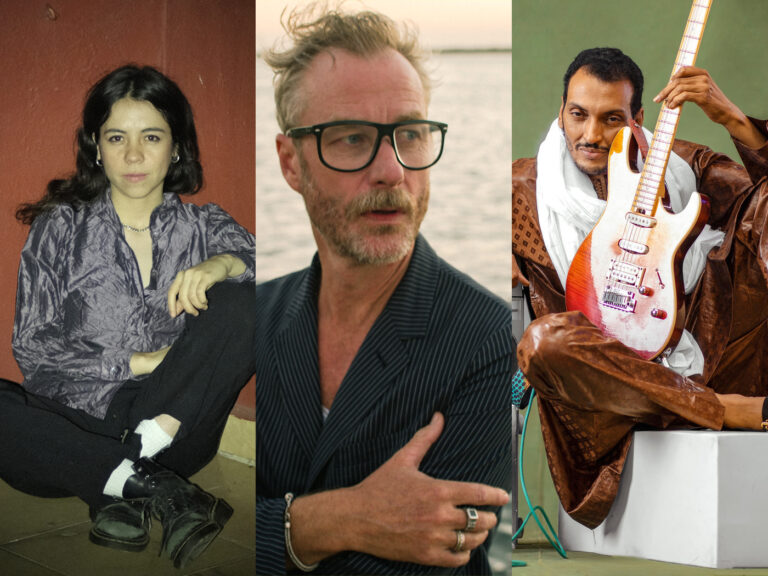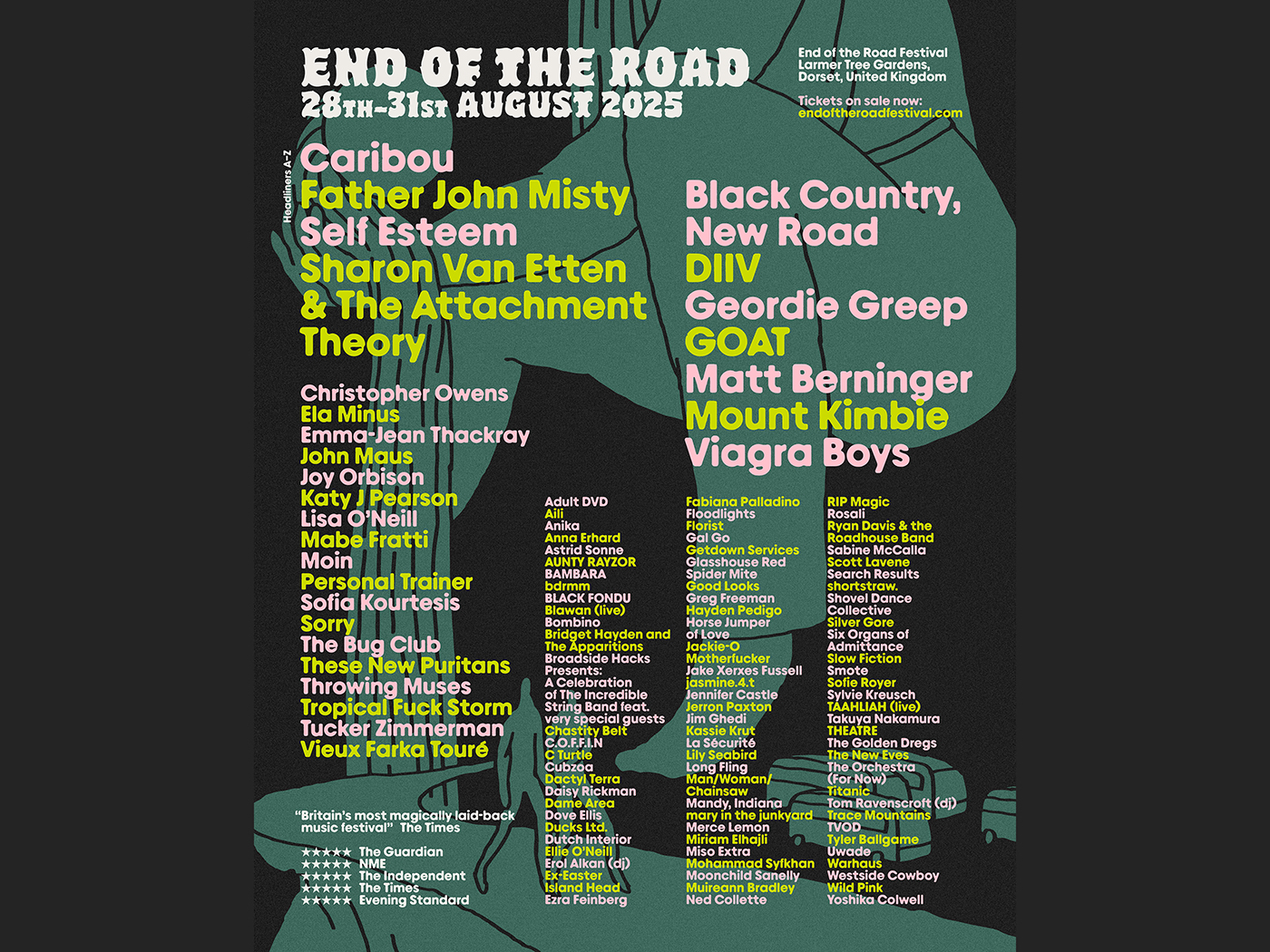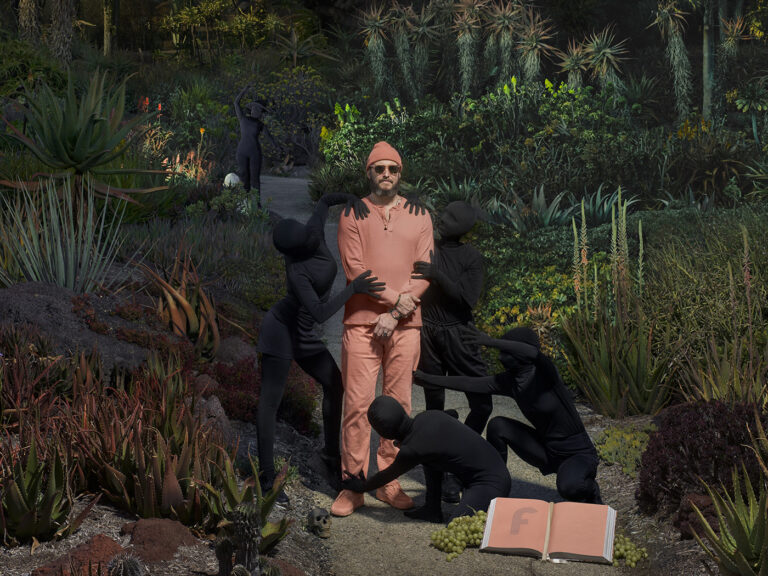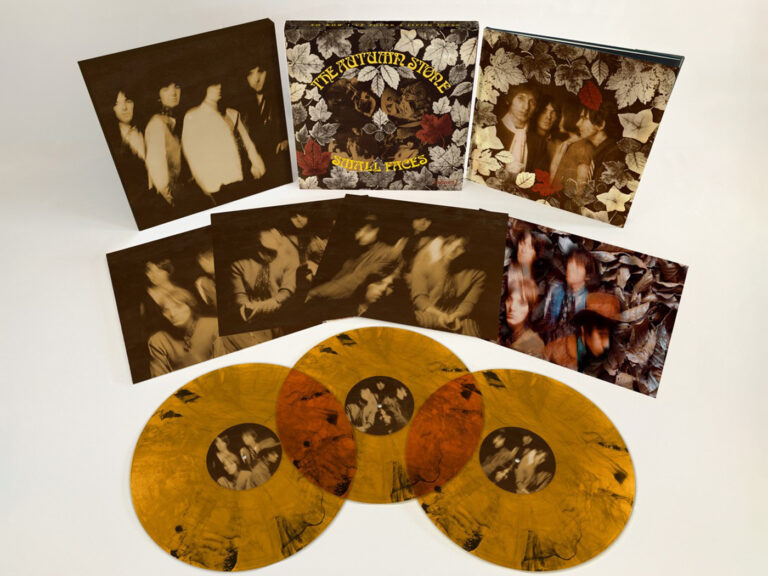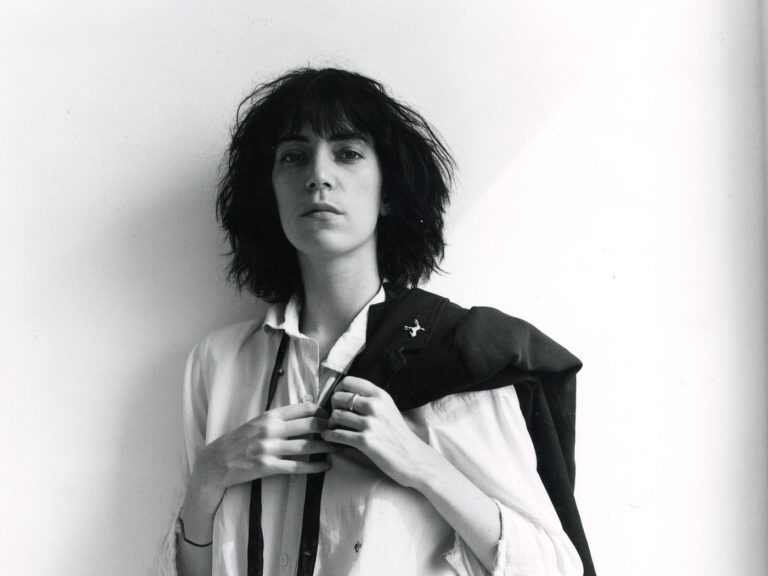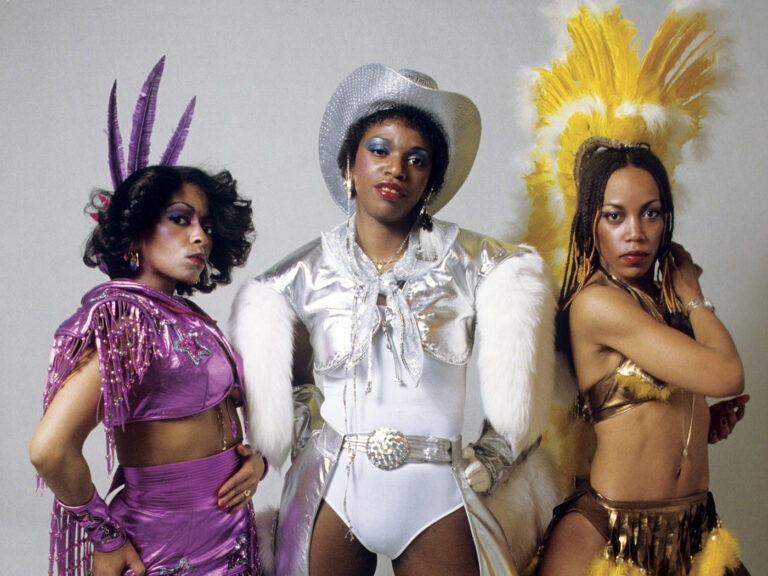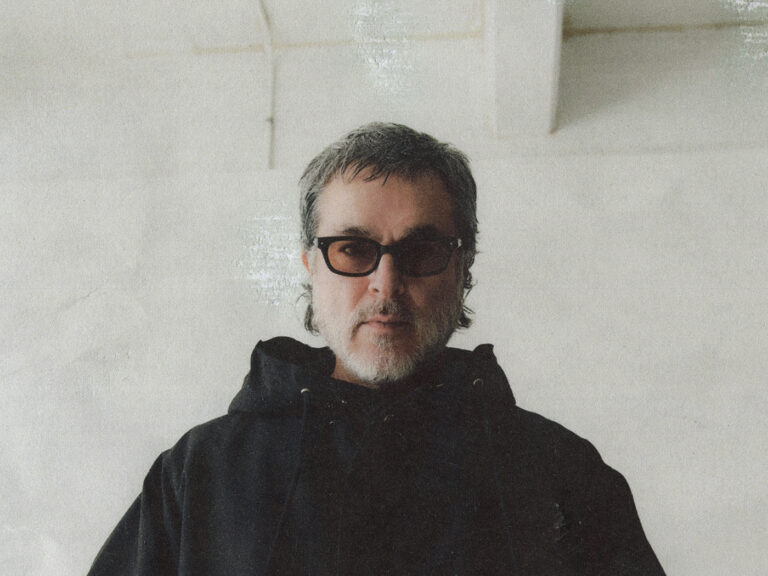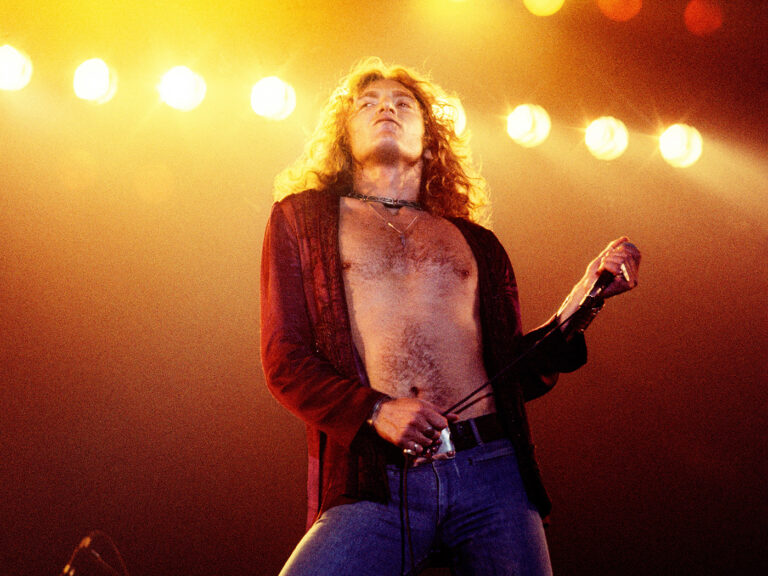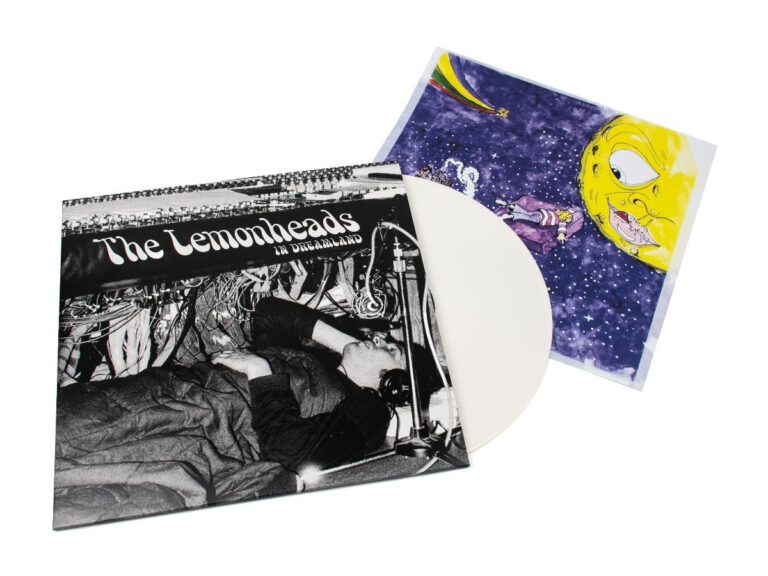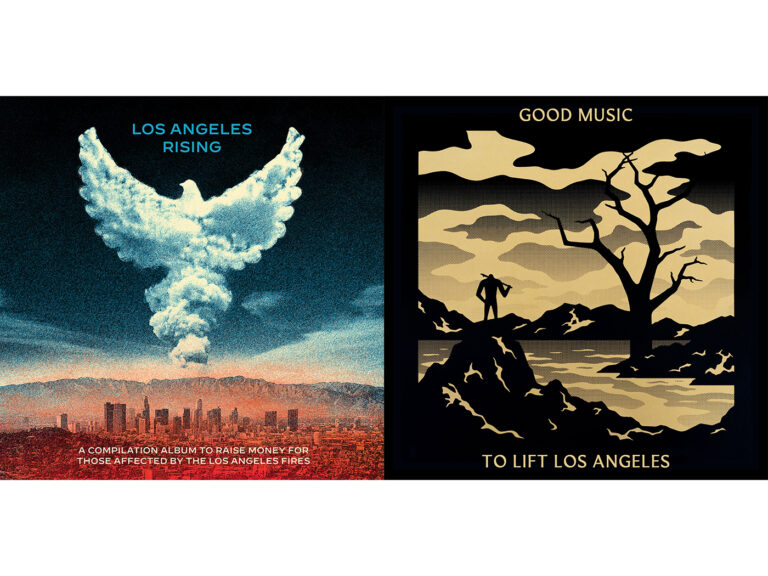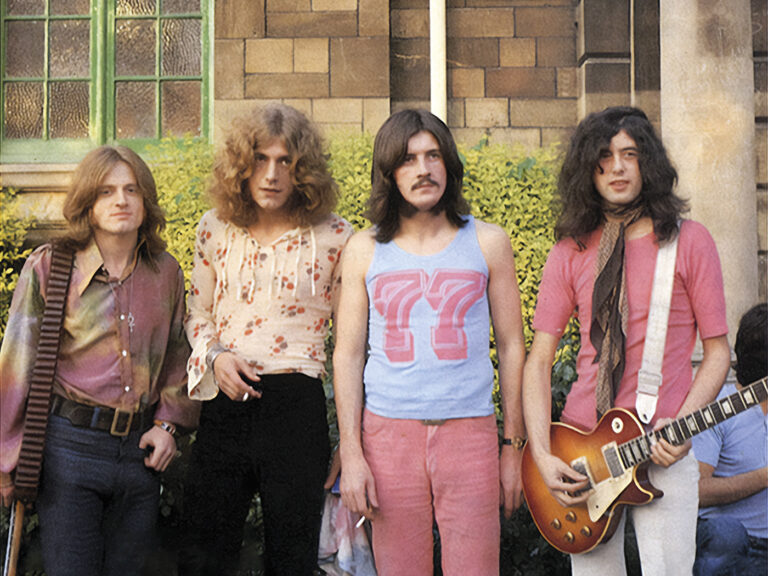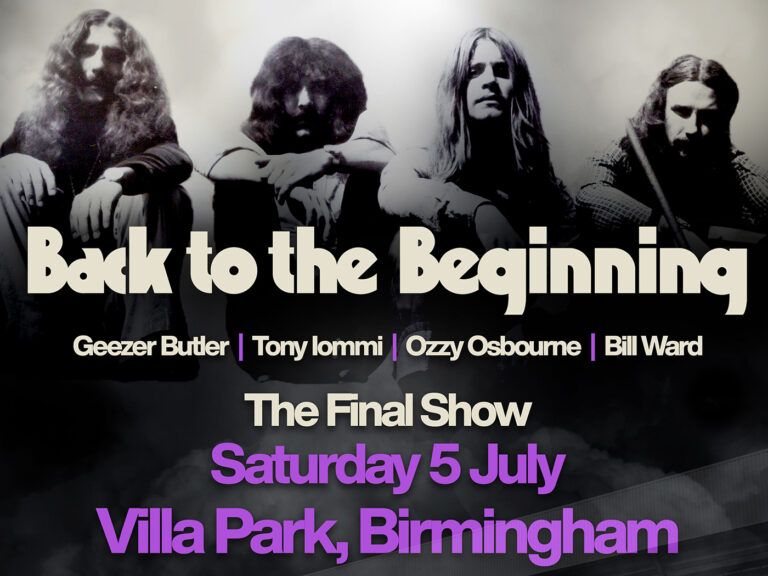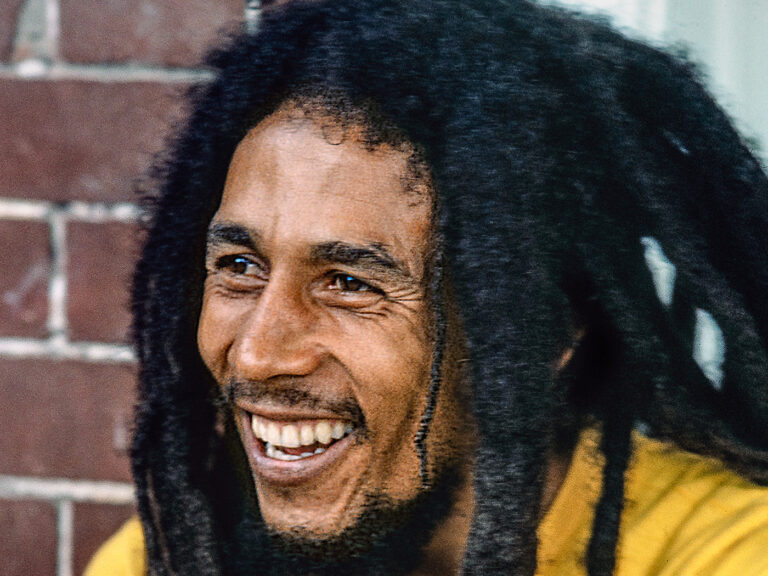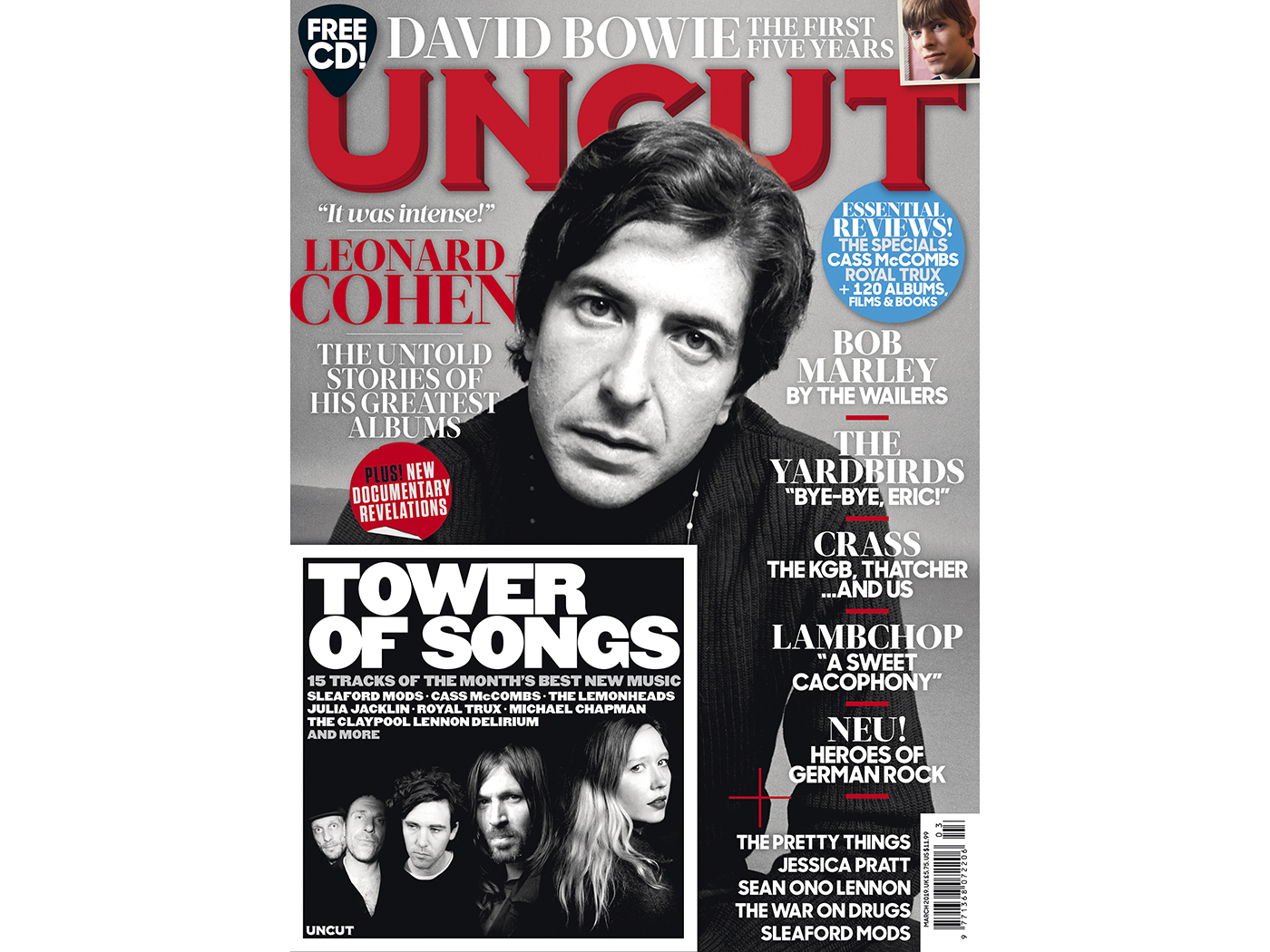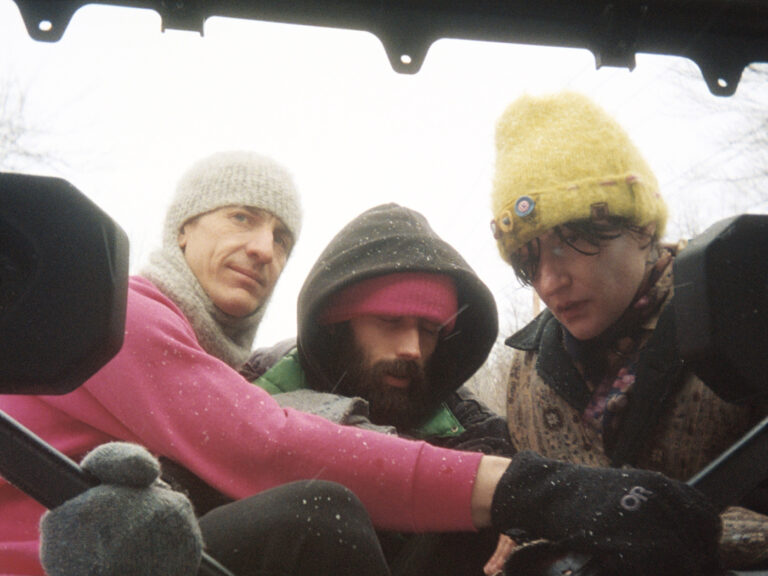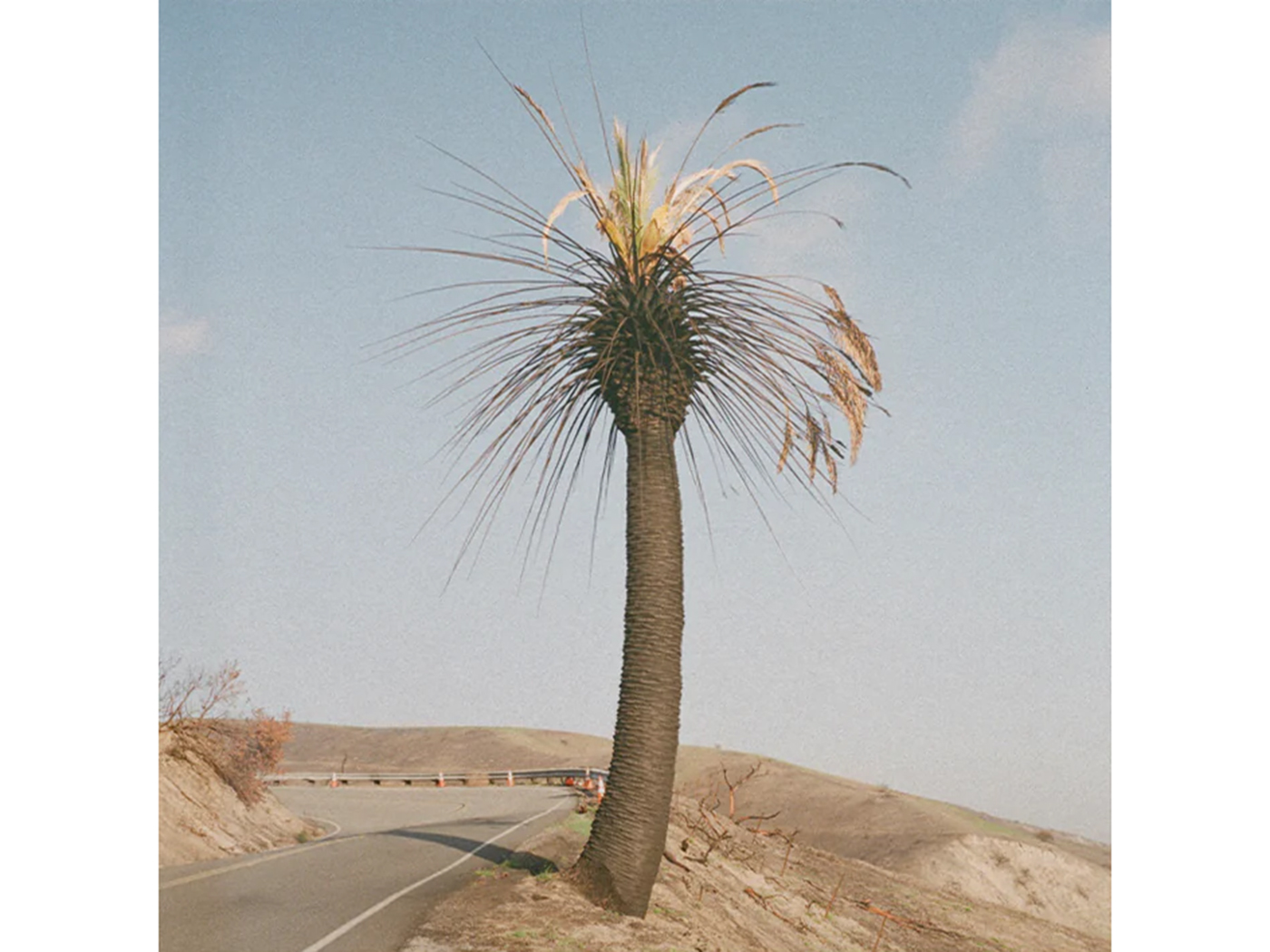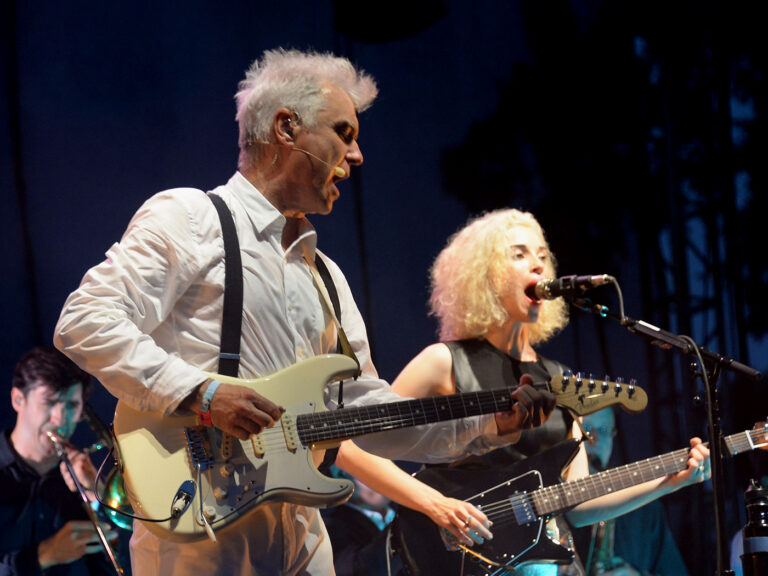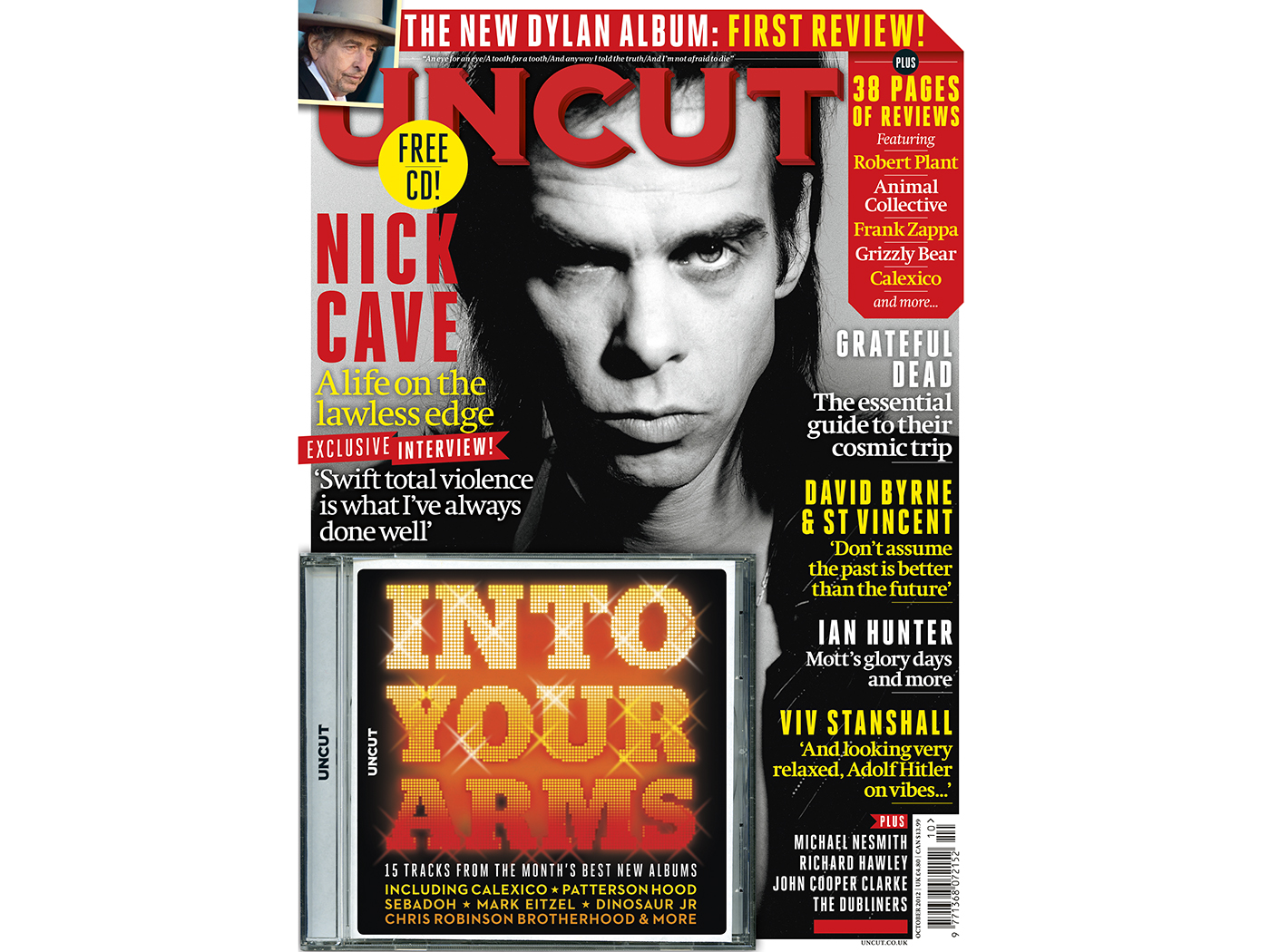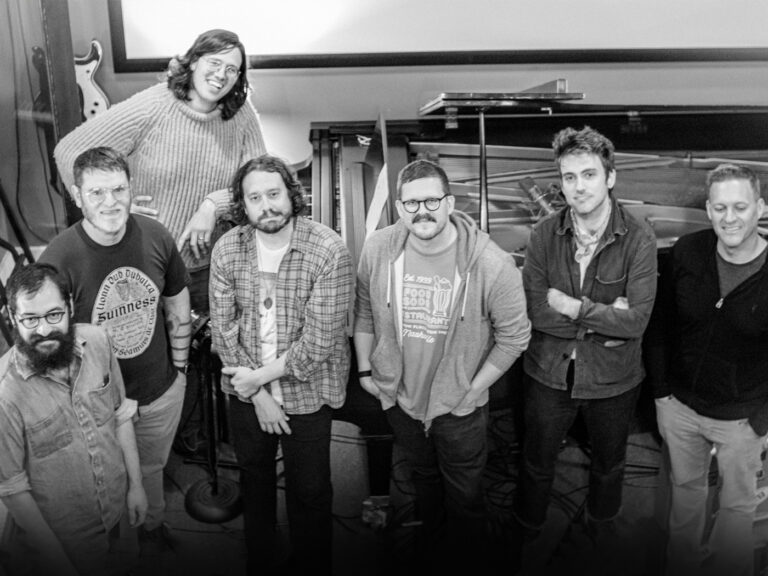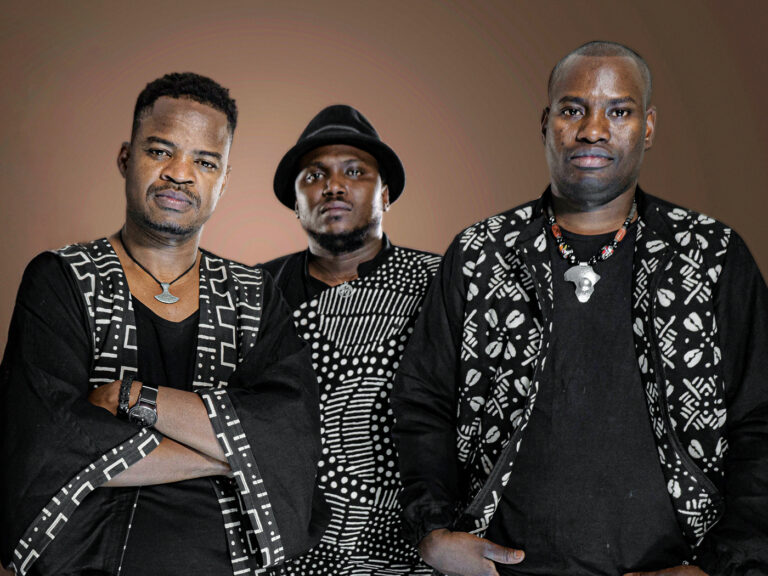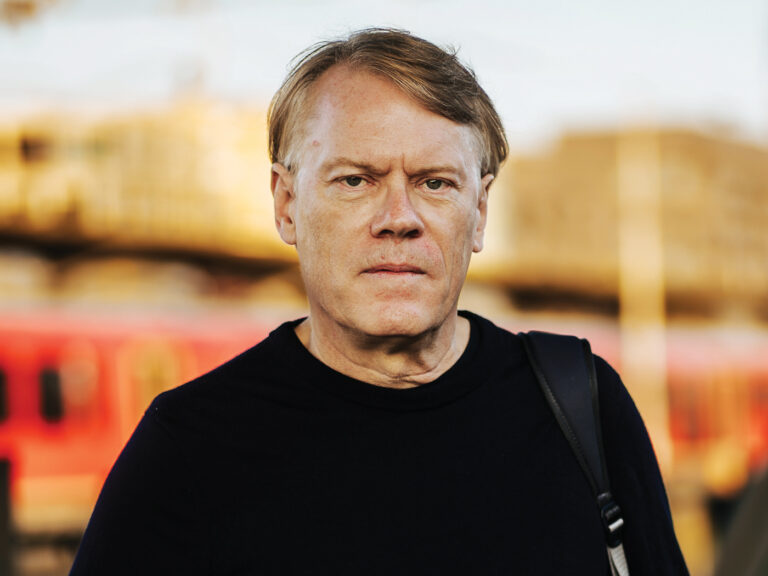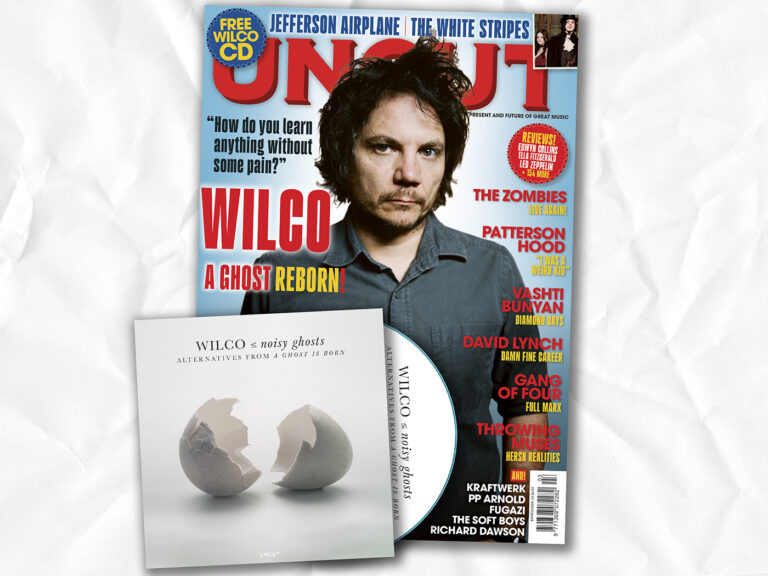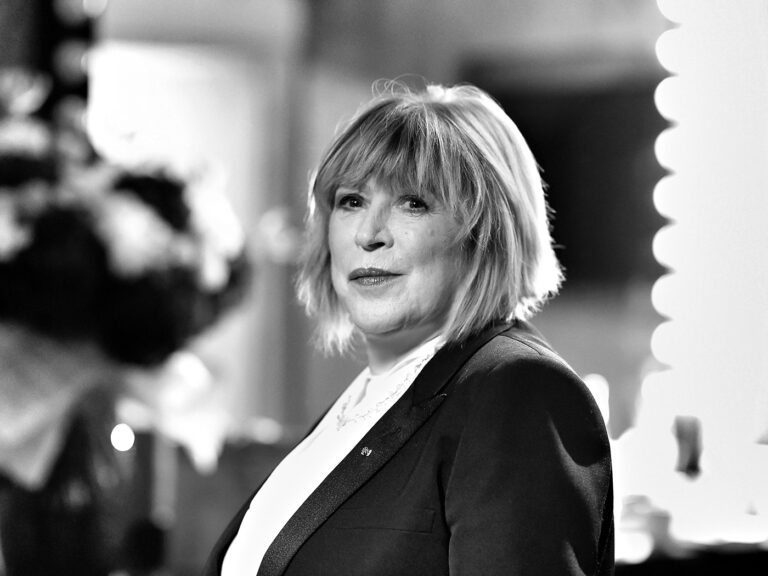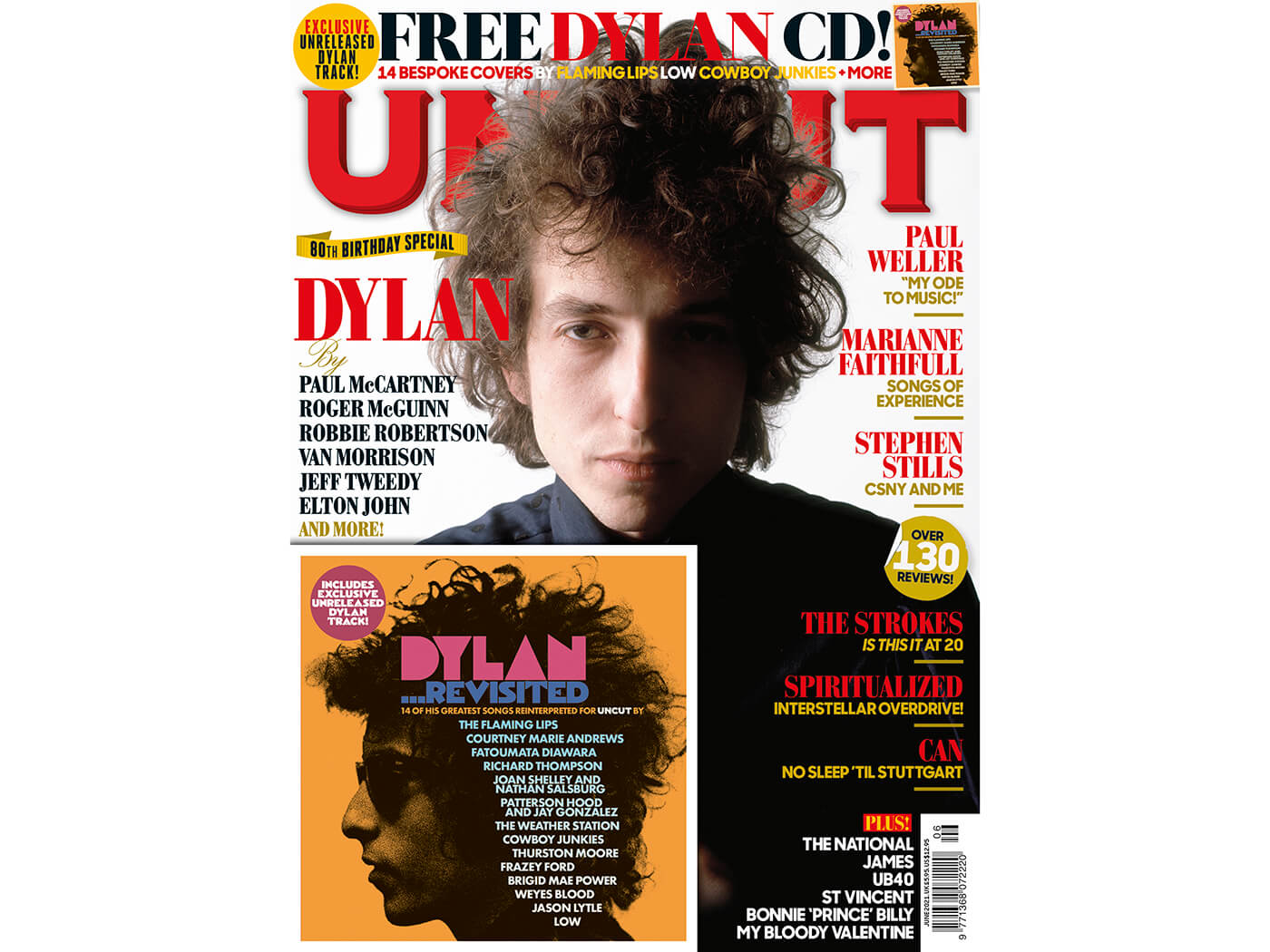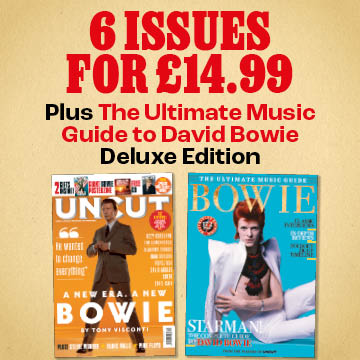This fabulous album is a timely reminder that Chris Eckman has been making sometimes spectacularly singular music since at least the early ’90s, when The Walkabouts, formed in 1984 by Eckman with singer Carla Torgersen, famously became the first non-grunge band to sign with Sub Pop. The label was otherwise awash with bands of incredibly hairy young men in shorts who all sounded angry, frustrated, easily upset. There was a lot of tortured wailing set to loud, bulimic guitars; much monumental riffing. Compared to the heavy musical footprints left by grunge superstars like Pearl Jam, Nirvana and Soundgarden, The Walkabouts on their 1990 debut, Scavenger, stepped more lightly across a musical landscape they made increasingly their own that entertained as well as punk, aspects of folk-rock, country, the blues. You suspected they’d be happier in the studio with Cowboy Jack Clement or David Briggs than Butch Vig or Steve Albini, more likely to cite Kris Kristoffersen, Townes Van Zandt and Neil Young as influences than Black Flag or Black Sabbath.
THE MARCH 2025 ISSUE OF UNCUT, STARRING WILCO, A FREE WILCO CD, JEFFERSON AIRPLANE, PATTERSON HOOD, THE WHITE STRIPES AND MORE IS AVAILABLE TO ORDER NOW
This wasn’t hipster gaslighting. They recorded a wild-eyed version of Van Zandt’s “Snake Mountain Blues” on their second album, 1993’s New West Motel (Townes later covered Eckman’s “Stopping Off Place”, from 1996’s Devil’s Road). If Neil Young, meanwhile, had heard the guitars at the end of Scavenger’s epic “Train To Mercy” (a track that also featured Brian Eno on keyboards and backing vocals) or “Long Time Here” from its follow-up, he might have been tempted to record Mirror Ball with them instead of Pearl Jam. On 1993’s Satisfied Mind, they covered Charlie Rich and The Carter Family alongside songs by John Cale, Nick Cave, Patti Smith and Gene Clark, with REM’s Peter Buck playing dulcimer on a striking version of the traditional “Will You Miss Me When I’m Gone?” Their 1994 album, Setting The Woods On Fire, took its title from Hank Williams. For his part, Eckman wrote songs with a literary flourish about wrecked American lives, sometimes reminiscent of the country noir of Appalachian crime writer Daniel Woodrell (Winter’s Bone, The Death Of Sweet Mister). He had a flair, too, for the kind of American gothic once favoured by Nick Cave, murder ballads full of burning rain, rivers on fire, rural apocalypse. The Walkabouts had a rowdy side, too, tracks across most of their albums that recalled the happy racket of early-’80s LA cowpunk bands like Tex & The Horseheads and Blood On The Saddle. Twenty years later, the noise they were making would have been called Americana. At the time, domestically at least, it was largely ignored.
As far as America was concerned, The Walkabouts might as well have spent their entire career in the musical equivalent of a witness protection programme, hidden in plain sight. In other words, America didn’t get them at all. Europe beckoned. They had a constituency there, an actual fan base. And a more sympathetic label, too: Glitterhouse, the German independent label, originally a European outlet for Sub Pop, who from 1993 released 10 further Walkabouts albums, including 1996 highlight Devil’s Road, recorded partly with the Warsaw Philharmonic Orchestra, plus three Chris & Carla duo albums by Eckman and Torgersen. The band’s swansong was 2011’s Travels In The Dustland, one of their best. Eckman was meanwhile active on several separate fronts, playing and recording with Norwegian alt.country band Midnight Choir and Willard Grant Conspiracy on their 2003 masterpiece Regard The End and its follow-up, Let It Roll. In 2007, he formed the trio Dirtmusic with ex-Bad Seed Hugo Race and former Codeine and Come guitarist Chris Brokaw and produced the Malian band Tamikrest for Glitterhouse. He’s also recorded six solo albums since 1999’s A Janela, the last of them 2021’s austere, downcast Where The Spirit Rests.
The title of Eckman’s new album suggests some vague kinship with Woody Guthrie, but The Land We Knew The Best is hardly an album of dustbowl ballads, songs about hard lives in a hard country. There’s a shack or farmhouse on the cover, but the landscape is European, a hint of tundra beyond the mountains. So it’s not a letter home, either, a requiem for the America that Eckman left behind, written in exile. Rather, it’s a collection of interior monologues, essays in contrition, apology, enough regret in these songs to flood a valley. “Somehow I missed the memo that said when you reach breaking point, you just say stop…” Eckman sings on the confessional “Haunted Nights”, an attempt to explain ruinous behaviour, the tendency of some people to only be happy when the house is burning down around them, the temple walls collapsing, self-destruction as a default setting.
Where The Spirit Rests was sometimes inhospitably stark, occasionally just Eckman’s voice and guitar. The Land We Knew The Best has an altogether warmer, more inviting sound, played out mostly on piano, acoustic guitars, double bass, violin, some pedal steel, subliminal strings, arranged by Belgian composer Catherine Graindorge, who’s done similar jobs for Nick Cave and Iggy Pop. If much of Where The Spirit Rises sounded like it had come from a small, airless room, “Guinevere”, the opening track here, is the sound of a window being opened to let in a warm nostalgic breeze. Like Dave Alvin’s unbearably poignant “From A Kitchen Table”, the song is a letter, a message to a long-gone love to come, finally, home, to take “the wild chance we never got”. Things will be better this time. “My mind burns different now,” Eckman sings in his raspy end-times voice.
“Town Lights Fade” aspires to the same kind of reassurance. “The rage is gone, and the fear has calmed,” Eckman sings over a dreamy melody, pixilated percussion, an electric guitar like a sudden shaft of sunlight illuminating a better idea of the world. Scything viola brings a vagabond Celtic swirl to “Running Hot”, a defiant porch stomper about rehabilitation and resurrection. “From these flatlands we will rise,” Eckman intones. “Mountain tops got stars for eyes.” The exhilarating “Buttercup” adds an irresistible motorik backbeat to the mix. “Laments” is a slow, smouldering thing, something simmering on a stove, hints of classic Crazy Horse in the gathering musical storm. Four minutes in, the track is finally handed over to the guitars that have been threatening to overwhelm it and finally do, albeit a little too briefly. One of the album’s highlights, “Haunted Nights” is an unfolding of painful memories, a catalogue of broken things, heartbreakingly set to Andraz Mazi’s mournful pedal steel, Slovenian singer-songwriter Jana Beltram adding beautifully hushed backing vocals. “The Cranes” is ominous, brooding, flocks of migrating birds appearing through a low mist, a possibly bleak omen. Delivered with the elegant intimacy of vintage Leonard Cohen, “Last Train Home” is a hymnal finale that perhaps returns the singer to thoughts of Genevieve, still missing from his life, kept close now only in memories of her touch, her taste, her kisses, a postcard of a “skyline in August” sent from somewhere with her love. Beltane’s spectral voice, fading into a final silence, is the last thing you hear on a remarkable album about loss, forgiveness, rebuilding a life from ruin, maybe the best thing Eckman’s put his name to.
When you purchase through links on our site, we may earn an affiliate commission. Here’s how it works.


